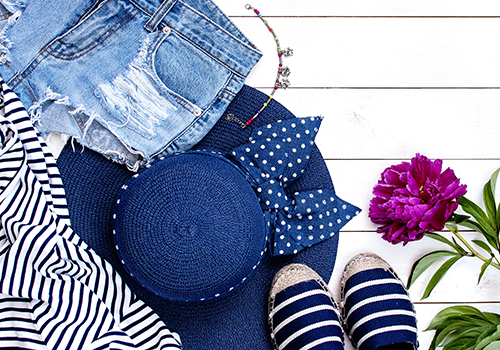The popularity of nautical style in society can be traced back to Queen Victoria. She was the one who served as an inspiration and the trend of wearing white with blue stripes became widespread. In 1846, Queen Victoria had a child's sailor uniform made on board the royal yacht for her son Albert Edward, the Prince of Wales.
The nautical influence in fashion made into the wardrobes of high society women by the 1800s and remains a favourite till date.
